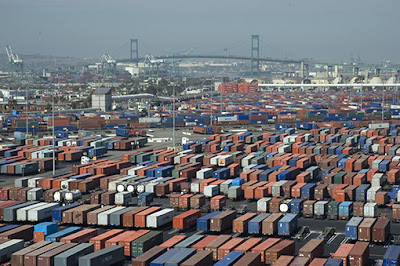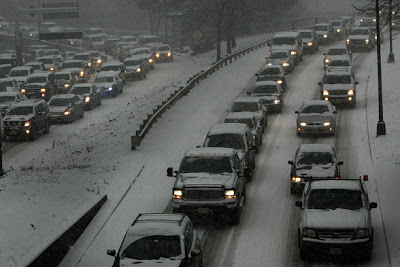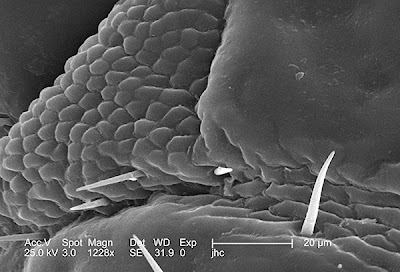photo by James Tourtellotte - CBP: Air and Marine Operations
I've had the privilege of working with Customs and Border Protection on a number of occasions. The men and women of CBP do an incredible job of protecting the American dream against incredible odds.We've all seen the freeway chase scenes on the evening news. Today's photo brings a slight twist on that theme - chasing down the bad guys on the border ... with a Blackhawk.
The picture just needed a little work to help the Blackhawk jump off of the page.
- I started with fixing the focus with a touch of Smart Sharpen.
- I moved on to address the colour cast (slight blue) with a Curves adjustment layer. You can use a temporary Threshold adjustment layer to find the black and white points quickly.
- The image was still a bit soft, so I added some edge sharpening with EasySharp.
- Next, I moved on an got rid of most of the noise with Noise Ninja.
- I needed to size the image down for faster downloads, so I reduced the image size choosing Bicubic Sharper to resample the image.
- Finally, the image needed a sharpening tune up after sizing the image down, so I used Smart Sharpen again. This time, I duplicated the layer and sharpened the duplicate. Then I dialed the opacity down until I achieved the desired result (about 30%).






























